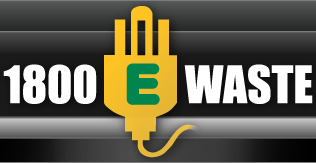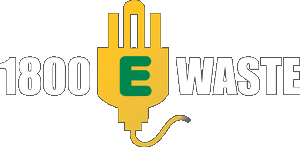Is Australia lagging behind when it comes to ewaste legislation?
In a world where we update our technology almost as often as we change out socks, you’d think that getting rid of ewaste would be getting easier. But it seems that, in Australia, we’re falling behind in our race against ewaste. The Australian government published a fact sheet on their National Waste Policy that stated that “waste generation has continued to grow and our increased efforts at recycling and reuse are not keeping up”. However, if you’ve ever struggled to get rid of your electronic waste, you’ll understand us when we question what “increased efforts” the government is talking about here. It

